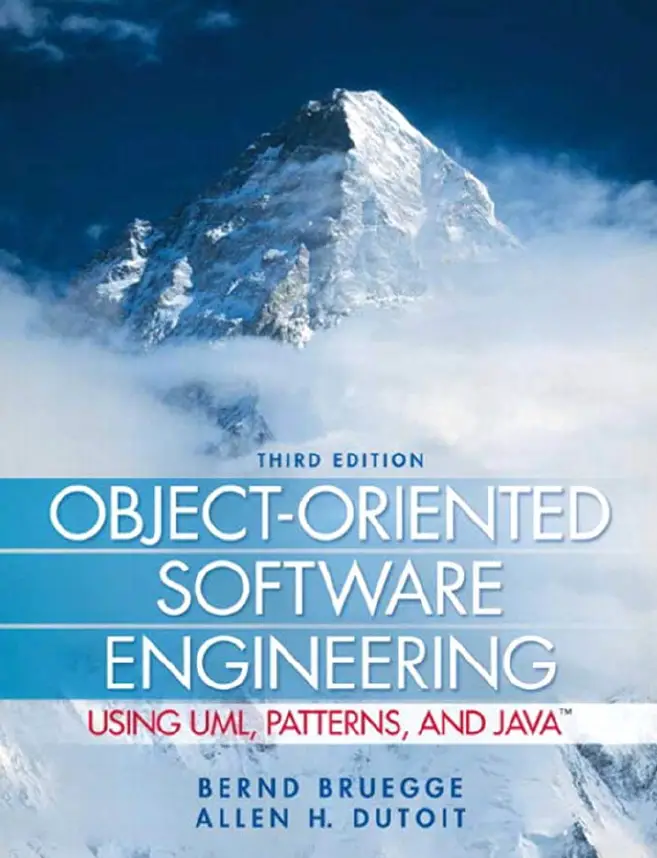Bernd Bruegge, Allen H. Dutoit, "Object-Oriented Software Engineering Using UML, Patterns, and Java, 3rd Edition"
English | 2009 | ISBN: 0136061257 | 800 pages | PDF | 4,9 MB
English | 2009 | ISBN: 0136061257 | 800 pages | PDF | 4,9 MB
For courses in Software Engineering, Software Development, or Object-Oriented Design and Analysis at the Junior/Senior or Graduate level. This text can also be utilized in short technical courses or in short, intensive management courses.
Object-Oriented Software Engineering Using UML, Patterns, and Java, 3e, shows readers how to use both the principles of software engineering and the practices of various object-oriented tools, processes, and products.
Using a step-by-step case study to illustrate the concepts and topics in each chapter, Bruegge and Dutoit emphasize learning object-oriented software engineer through practical experience: readers can apply the techniques learned in class by implementing a real-world software project.
The third edition addresses new trends, in particular agile project management (Chapter 14 Project Management) and agile methodologies (Chapter 16 Methodologies).
"This is a well-written book using an object-oriented approach to describe an in-depth methodology for building software systems. Good examples are used throughout to illustrate concepts. The clear and lucid flow of the authors' writing enhances and contributes even mare to the didactic aspects of this book. — William Lively, Texas A&M University
"This is the best software engineering book that I have come across. I plan to use it at both the undergraduate and graduate levels. The book has numerous advantages . . . a wealth of good technical information, useful heuristics, and good advice. The book can be used effectively by both university programmers and by software engineering professionals. — Martin Purvis, University of Otago



